These Are The 7 Unusual Fates In Store For The Universe’s Unlucky Stars

Think they all burn through their fuel, die, and leave white dwarfs, neutron stars, or black holes behind? Think again.
The day will come when our Sun, like most stars, can no longer efficiently fuse the light elements in its core into heavier ones. The first time this occurs, the core will contract and heat up, rising to temperatures sufficient to fuse heavier elements — helium instead of hydrogen — in its core, while the outer layers swell into a red giant. The second time it occurs, however, the Sun will shed its outer layers in a planetary nebula, while the core contracts down into a white dwarf.
Most stars will end their lives as this way: as white dwarfs. Heavier stars, on the other hand, will continue fusing heavier and heavier elements until they go supernova, with the core collapsing to either a neutron star or a black hole. These are the “standard fates” for most stars in the Universe, but there are 7 unusual fates that await a select few. Although they’re rare, here are the alternative fates awaiting many of the Universe’s stars.
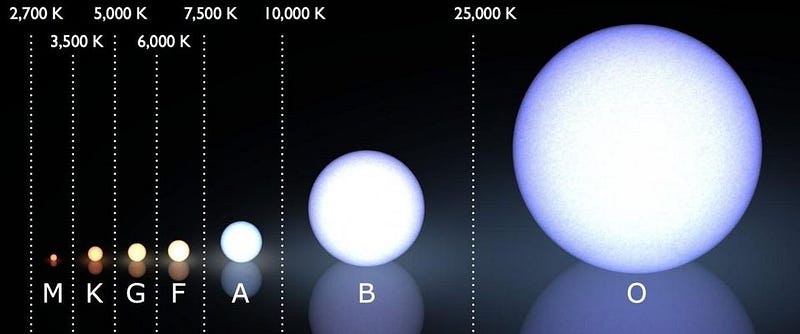
In general, the fate of a star is determined by one and only one factor: how much mass it was born with.
- If your mass is less than about 7.5% of the Sun’s mass, you can only fuse deuterium in your core; you’ll become a brown dwarf or “failed star,” unable to fuse normal hydrogen into helium. You’ll burn deuterium until you run out, and then slowly fade to blackness.
- If your mass is between ~7.5% and ~40% of the Sun’s mass, you can fuse hydrogen into helium, but nothing beyond that. When you run out of fuel, you become a white dwarf made out of helium, which slowly fades to blackness.
- If your mass is between ~40% and ~800% the Sun’s mass, you can undergo first hydrogen and then helium fusion (after becoming a red giant). When you run out of helium, you blow off your outer layers in a planetary nebula while your core becomes a carbon/oxygen white dwarf, eventually fading away.
- Or if your mass is 8 times the Sun’s or more, you will burn hydrogen, helium, carbon, neon, oxygen, and silicon (in order) until the core runs out of fuel and collapses. This triggers a supernova, leaving a neutron star or white dwarf behind.
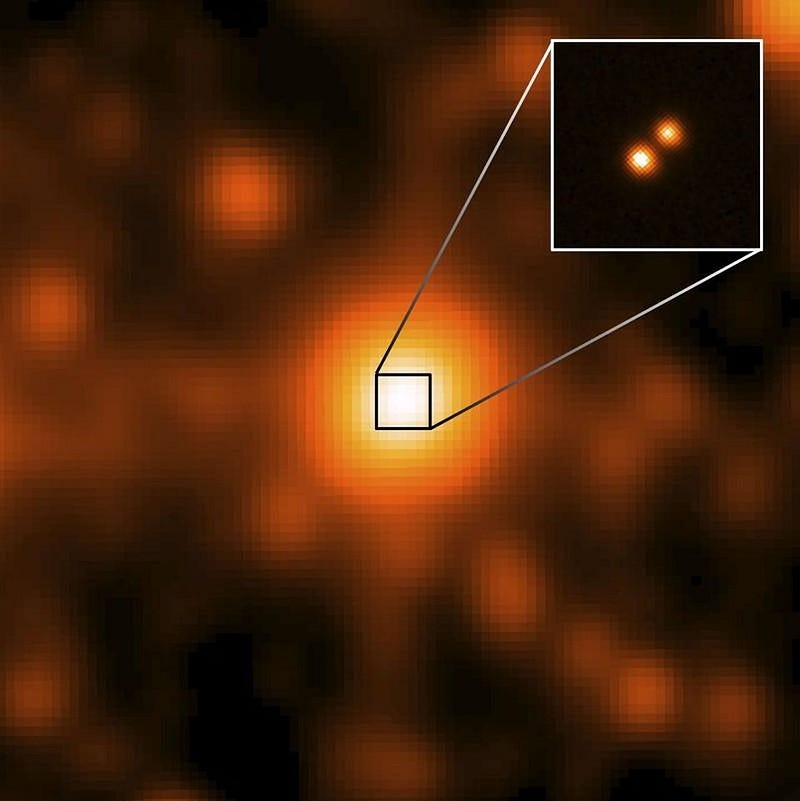
But those are just what typically happens. Here are 7 important exceptions.
1.) Low-mass mergers. So, your brown dwarf is going to burn deuterium until it runs out, then contract and fade away as it fails to reach the necessary temperature to transition to hydrogen-burning as a true star? And your low mass star will burn, fusing hydrogen into helium but nothing heavier, until it runs out of fuel and contracts to form a white dwarf?
That’s the expected fate for brown dwarfs and low mass stars in isolation, but many of them are in binary, trinary, or other multi-star configurations. When two brown dwarfs merge, they can cross the hydrogen-burning mass threshold and ignite to form true stars, changing their fates. Low mass stars, similarly, can merge to enable helium fusion or the fusion of even heavier elements. We see evidence for this in globular clusters, where redder stars have merged to produced bluer ones: blue straggler stars.
When another star comes into play, your assumed fate may not be pre-ordained after all.
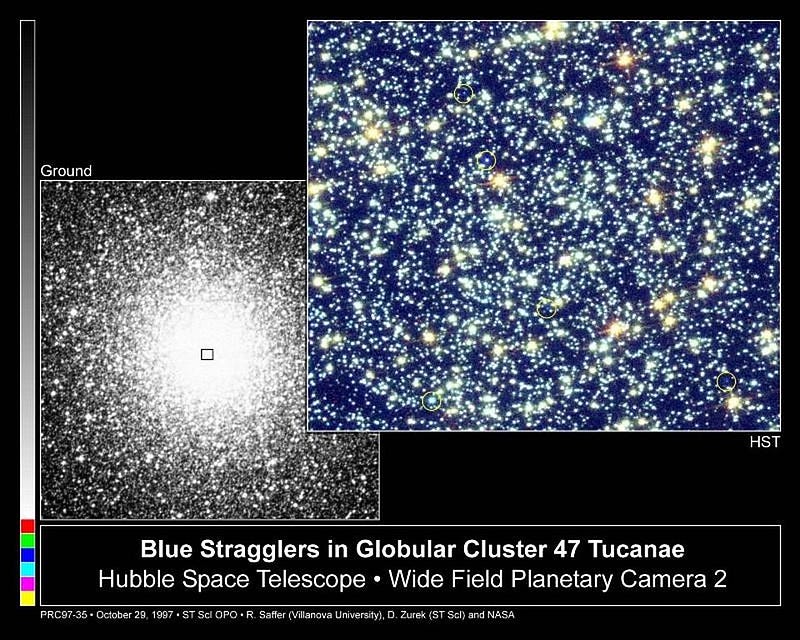
2.) Mass siphoning. You don’t even need to look at low mass stars for the effects of a binary companion to be important. If you have two sun-like stars, their standard fate would be to:
- burn through their hydrogen,
- watch the core contract while the outer layers swell into a red giant,
- begin burning helium in their core,
- and then blow off their outer layers in a planetary nebula,
- while the core contracts to form a white dwarf.
But if you get two stars like this together, one of them will inevitably go through this process first, leading to a situation where you’ll wind up with a red giant (from the longer-lived star) orbiting a white dwarf (from the shorter-lived star). Because the red giant is so large but not particularly massive, it’s pretty easy for a white dwarf to begin “stealing” mass from the red giant. If it steals enough mass, fusion can ignite, either on the surface, creating a recurrent nova, or in the core, leading to a spectacular and destructive type Ia supernova.
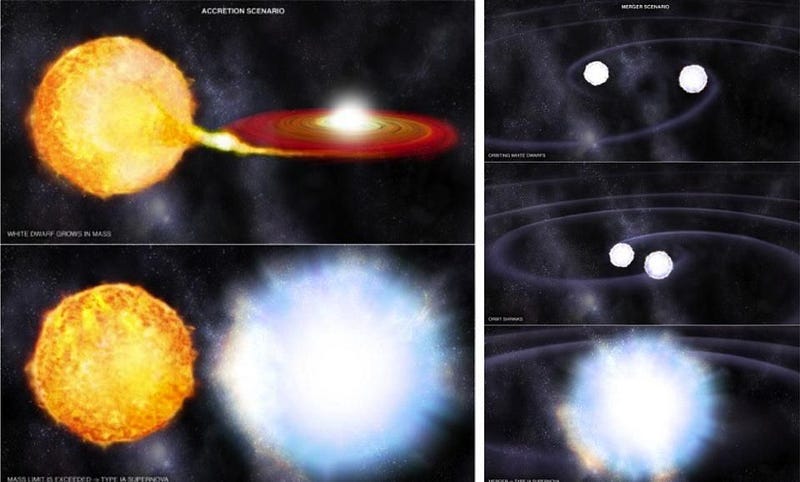
3.) White dwarf mergers. There’s a second way to create a type Ia supernova: if two white dwarfs collide and merge together. The carbon-and-oxygen cores, left over as remnants of sun-like stars, could theoretically provide fuel for a runaway fusion reaction, but not unless they achieve the necessary temperatures and densities.
Merging together with another white dwarf is the perfect catalyst for this reaction, and may even turn out to be the most abundant scenario for creating type Ia supernovae in the entire Universe. White dwarf mergers might arise, today, largely from multi-star systems where two members inspiral into one another, but in the far future, random mergers from stellar remnants floating throughout each large galaxy might wind up becoming the dominant way that type Ia supernovae occur.
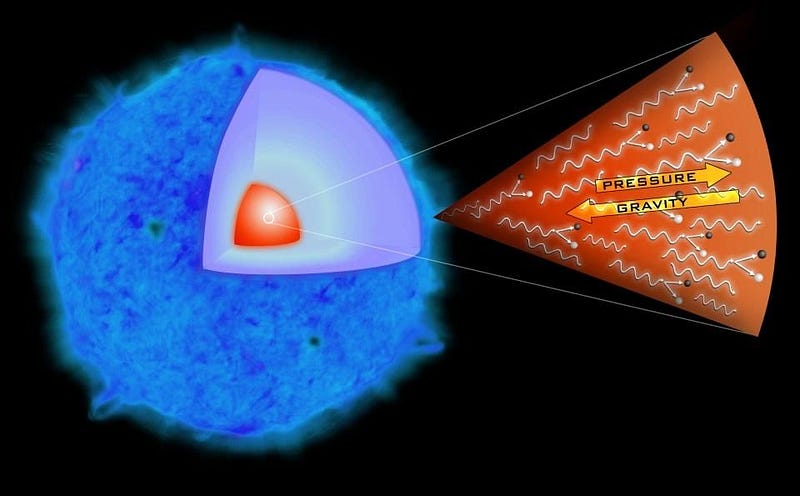
4.) Pair-instability supernovae. Take a very massive star — one more than about 8 times the mass of our Sun — and it will go through all the different stages of nuclear fusion (hydrogen, helium, carbon, neon, oxygen, and silicon) before ending its life in a core-collapse supernova. When that core collapses, it produces either a neutron star or a black hole, while the outer layers are ejected from the runaway fusion reaction.
Except, some stars that are both massive enough and have the right metal (i.e., heavy-element) content will achieve internal temperatures that are so hot that individual photons within that star can begin producing matter-antimatter pairs. When photons spontaneously convert into electron-positron (matter-antimatter) pairs, the pressure holding the star up against gravitational collapse plummets, leading to a runaway fusion reaction that can destroy the entire star. This is thought to be the origin of many “superluminous supernovae” (or hypernovae), and is an important possible fate for the most massive stars.

5.) Kilonovae. When a massive star dies in a typical core-collapse supernova, the most frequent outcome is to produce a neutron star. Massive stars in multi-star systems can frequently produce binary or even trinary neutron star systems, and over time, those orbits will decay due to gravitational waves. After enough time has gone by, those neutron stars will inspiral and merge together, creating a spectacular event known as a kilonova.
First unambiguously detected in both gravitational waves and electromagnetic light in 2017, kilonovae are the source of many of the short-period gamma-ray bursts we observed, and the primary origin for many of the heavy elements found throughout the Universe. And yet, they’re not even the weirdest events or objects formed from the remnants of very massive stars.
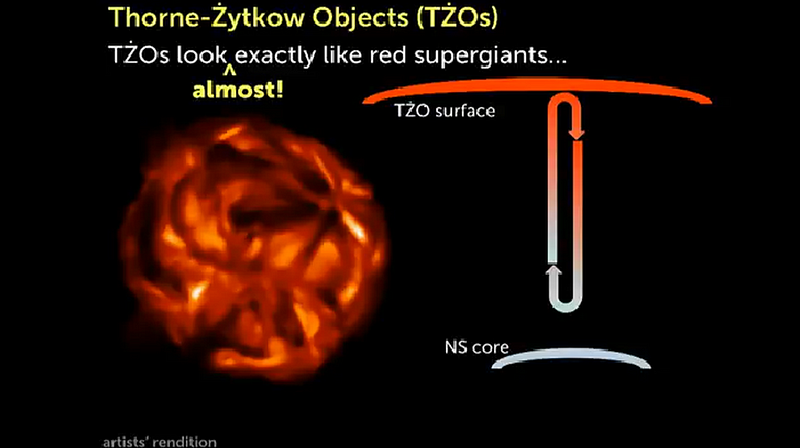
6.) Thorne-Zytkow objects. Sometimes, massive stars in multi-star systems can have the more massive, shorter-lived star form a neutron star, followed by the companion becoming a supergiant star, similar to what Betelgeuse is doing today. Only, the supergiant and the neutron star intersect, causing the dense object to sink to the center, leading to a bizarre “neutron star within a supergiant star” configuration known as a Thorne-Zytkow object.
Even though these objects shouldn’t be stable for very long, living somewhere between 100,000 and 1,000,000 years before either collapsing into a black hole or blowing the outer stellar layers away and leaving a neutron star behind. Multiple candidate Thorne-Zytkow objects have been identified, and it’s estimated that somewhere around ~100 Thorne-Zytkow objects should exist at any given time within a Milky Way-like galaxy.
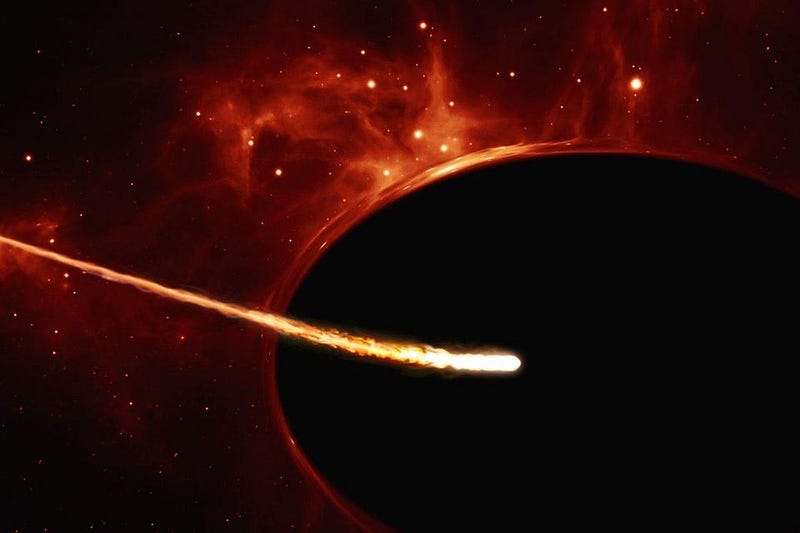
7.) Tidal disruption events. Of course, all of this assumes that nothing happens to destroy the star before it ever reaches any of these stages. And yet, our galaxy is filled with black holes of all different masses, ranging from the few-solar-mass black holes formed from supernovae and merging neutron stars to the millions of solar masses locked up in the black hole at the center of our galaxy.
When a normal star passes too close to one of these black holes, it can get torn apart in what’s known as a tidal disruption event. These events, although rare, can trigger a runaway fusion reaction and the production of large amounts of heavy elements, creating a spectacular brightening event when they occur. Although most of the ~91 tidal disruption events are associated with supermassive black holes, it is speculated that other objects, like normal black holes or even neutron stars, might be able to trigger one.
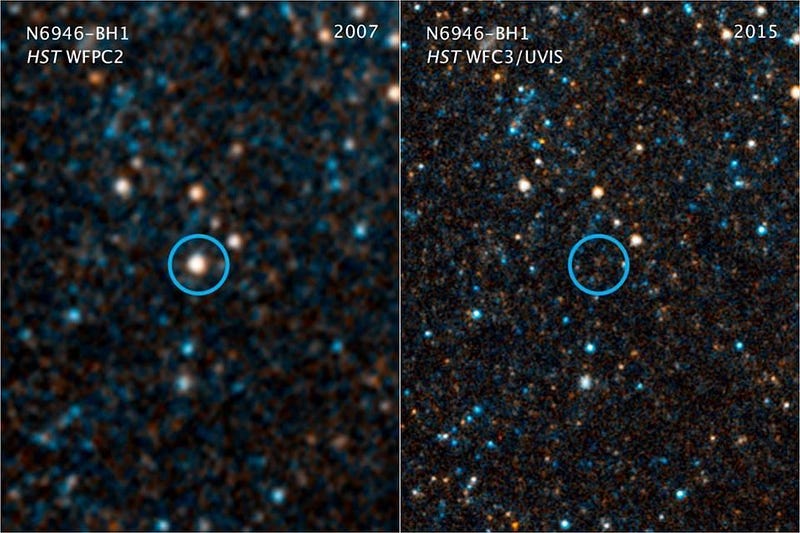
There are almost certainly other fates that stars undergo that aren’t part of this list, as we’re still learning more about the Universe. We’ve observed many classes of supernovae, gamma-ray bursts, hints of stars that directly collapse, as well as other transient events; we are still working to untangle their origin. It’s eminently possible that many of the phenomena we’ve seen will someday be connected to the fates of stars and stellar corpses; we need more time, better data, and more science to find out.
Most excitingly, the Vera Rubin Observatory will soon begin surveying large fractions the sky both rapidly and deeply, making it sensitive to the rare, fast-changing events that often herald a spectacular stellar death. While many of the possible fates of stars are presently known, this new observational leap forward should reveal new classes and categories of stellar cataclysms. We’ve long known how most stars will die. Let’s discover all the different fates awaiting the exceptional ones.
Ethan Siegel is the author of Beyond the Galaxy and Treknology. You can pre-order his third book, currently in development: the Encyclopaedia Cosmologica.





